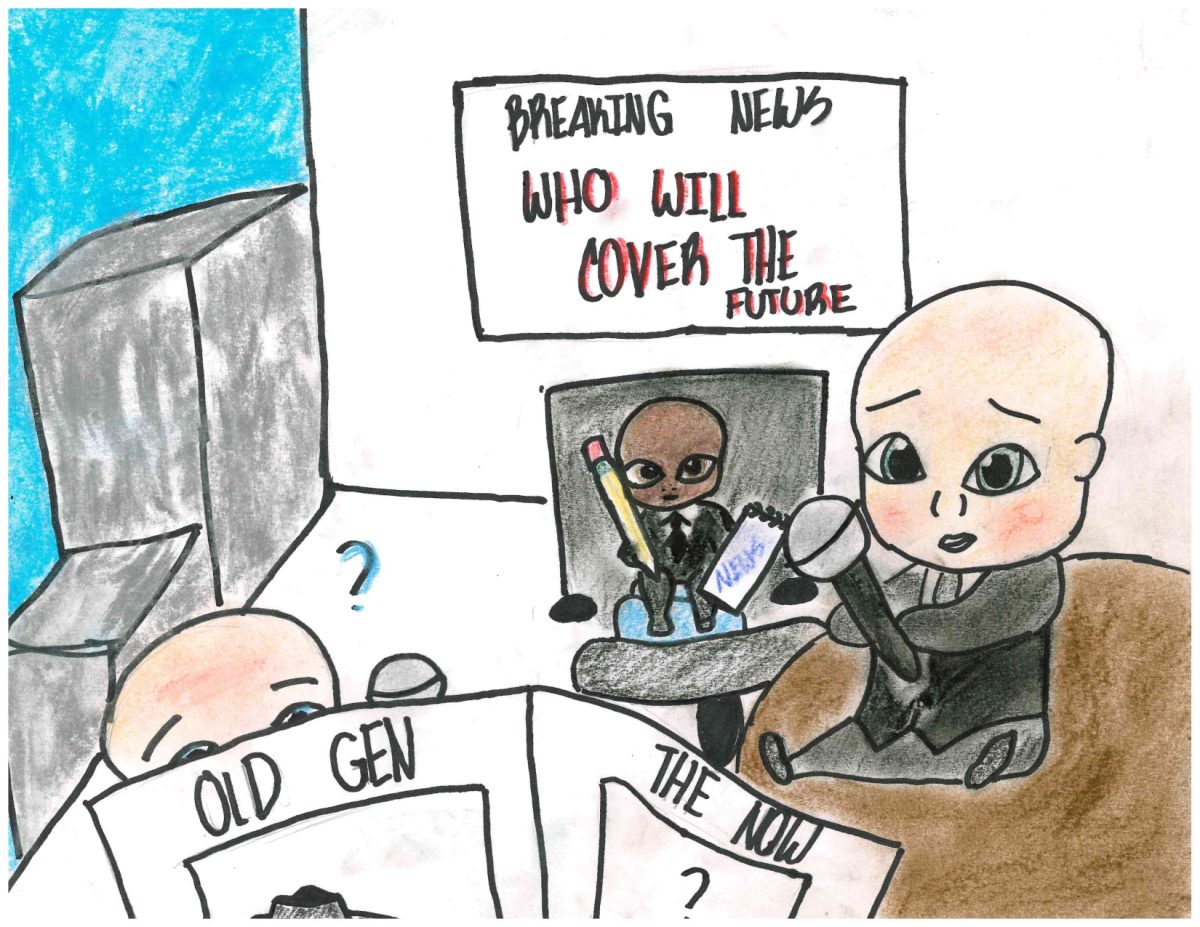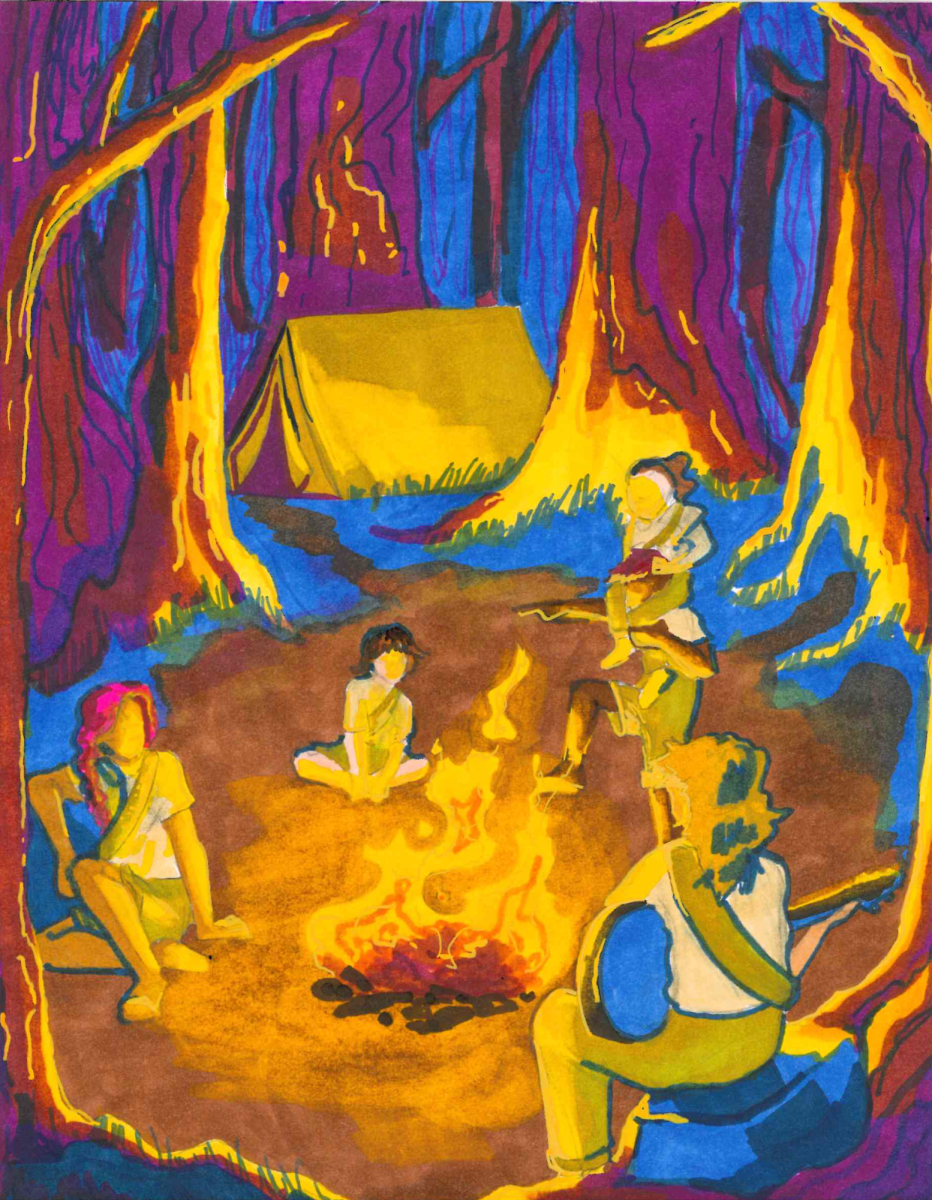Black history month provokes the conversation of the United State’s history with slavery, civil rights, and the black communities experiences every year, especially within history classes. Every year, the education on these topics is pushed further and a goal of understanding is hoped to be met.
However, there is a disconnect between understanding what the 13th Amendment is and understanding the brutality faced by slaves and their descendants in the years following. Making this connection in classrooms is an incredibly important step for true empathy and acknowledgement of the oppression that the Black community experienced, especially from the 1600s to the 1900s.
Over the course of those 300 years, the Black community was targeted and terrorized.
According to Almost Hereditary author Bill Drake, accounts of women being whipped while pregnant, causing miscarriages were not uncommon. Female slaves were raped often. Men would be held in huge collars made of iron with rods up to two feet long extending from them to make labor harder.
One man even reported being in one such collar for two whole months. Stories of slaves being hung, rightside up or upside down, with fish hooks in their lungs was not uncommon. Wounds would be covered in salt and pepper. Slaves were forbidden to learn how to read.
The Netflix documentary 13th features the history of the Black community with American government and the Constitution. It displays the deep rooted hatred from the 1900s in the south towards this community.
During the Civil Rights movements of the 1900s, over 4,400 Black Americans were lynched and killed by white supremacists. Groups like the Klu Klux Klan stirred hate towards the community and used violent demonstrations to instill fear in people of color.
A simple internet search uncovers the brutality towards these communities in graphic detail. The oppression that the Black community has demanded to be lifted from them doesn’t seem so far away.
So why, if it seems so simple to combat ignorance on this issue, is it the individual’s responsibility to educate themselves when there are Civil Rights curriculums being taught across the nation? If schools uncovered the brutality of America’s history towards the Black community to students, it would give the opportunity to empathize with past and current day movements.
In a world where partisanship and fear of people deemed “different” dominates politics, the war on ignorance needs to be at the forefront. Understanding ancestral oppression and the systemic structures continuing to work against minority groups is the beginning of mending the political divide.
Schools have an opportunity to help students practice empathy. The cruelty of America’s history is uncomfortable to teach and in many places almost taboo to talk about. However, our education system must overcome this discomfort to fight ignorance.
Students may feel uncomfortable or distraught at the facts of history that happened not too long ago in this very country. Citizens have been killed due to the color of their skin and in many instances and justice was never served.
In many schools, the Holocaust is taught and graphic images are shown of the horrors of concentration camps.
Blood on the hands of the American government is no less forgivable than crimes of foreign parties on our citizens.
This type of education should be extended to the brutality of African American civil rights. It should not be glossed over. It should not be danced around. It needs to be taught in full to understand why movements like Black Lives Matter still need to exist.
It is time to teach for understanding and progress.
It’s time to teach Black history…in full.
In an effort to instill empathy in youth, schools need to begin detailing the brutality of hate crimes committed against the Black community in our country. This curriculum would benefit students by giving them a structured opportunity to work to comprehend these events.
0
More to Discover
About the Contributor

Julia Vizza, Co-Editor-in-Chief






